The Lapidarium Museum
is pleased to invite you to the opening of the exhibition
Kruno Jošt – Concerto Quieto
Rigo Gallery, Friday, July 4th at 9 PM
The research-based art project “Concerto Quieto”, named after the Italian term for the Mirna River in Istria, is part of a growing field of contemporary artistic practices that call for a transdisciplinary approach to the relationship between humans and the natural environment – an approach that opens up new worlds and possibilities where the natural sciences falter. Kruno Jošt, a multimedia artist, has long pursued such a practice, exploring the interrelations of science, art and sustainable development on his permaculture property near Lovinac in the Lika region. One such approach takes the form of a scientific laboratory, which Kruno Jošt employs to explore how sound, as a medium, can facilitate the remediation of a river, that is, how microbes (the Other, the non-human) might assist in breaking down toxic river sediment without exerting an intrusive impact on the environment.
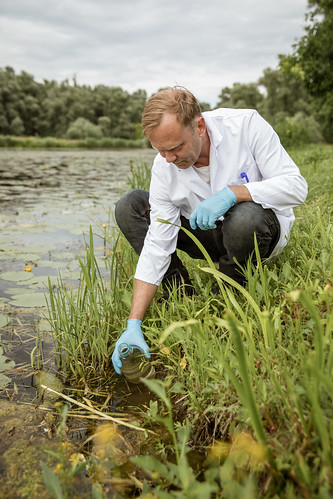
Jošt applies a similar approach to a microlocation along the course and mouth of the Mirna. The very name suggests that this is neither a fast nor a capricious river, yet its surrounding area is rich in flora and fauna, and serves as an important site for the migration, wintering and nesting of wetland bird species. Although the Mirna is (still) not polluted, its natural biological and landscape diversity is increasingly threatened by erosion, wastewater from settlements and the use of artificial fertilisers.
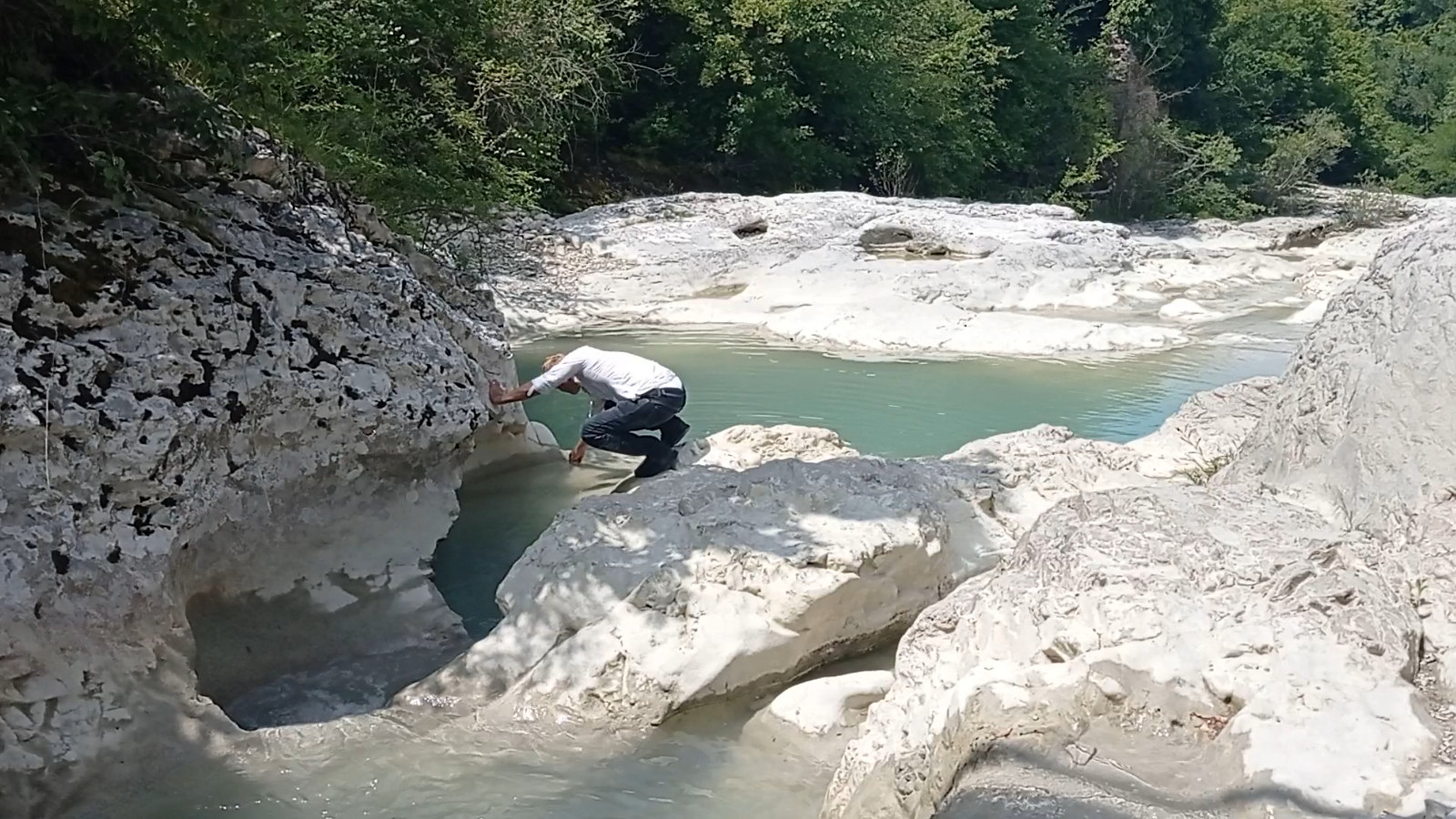
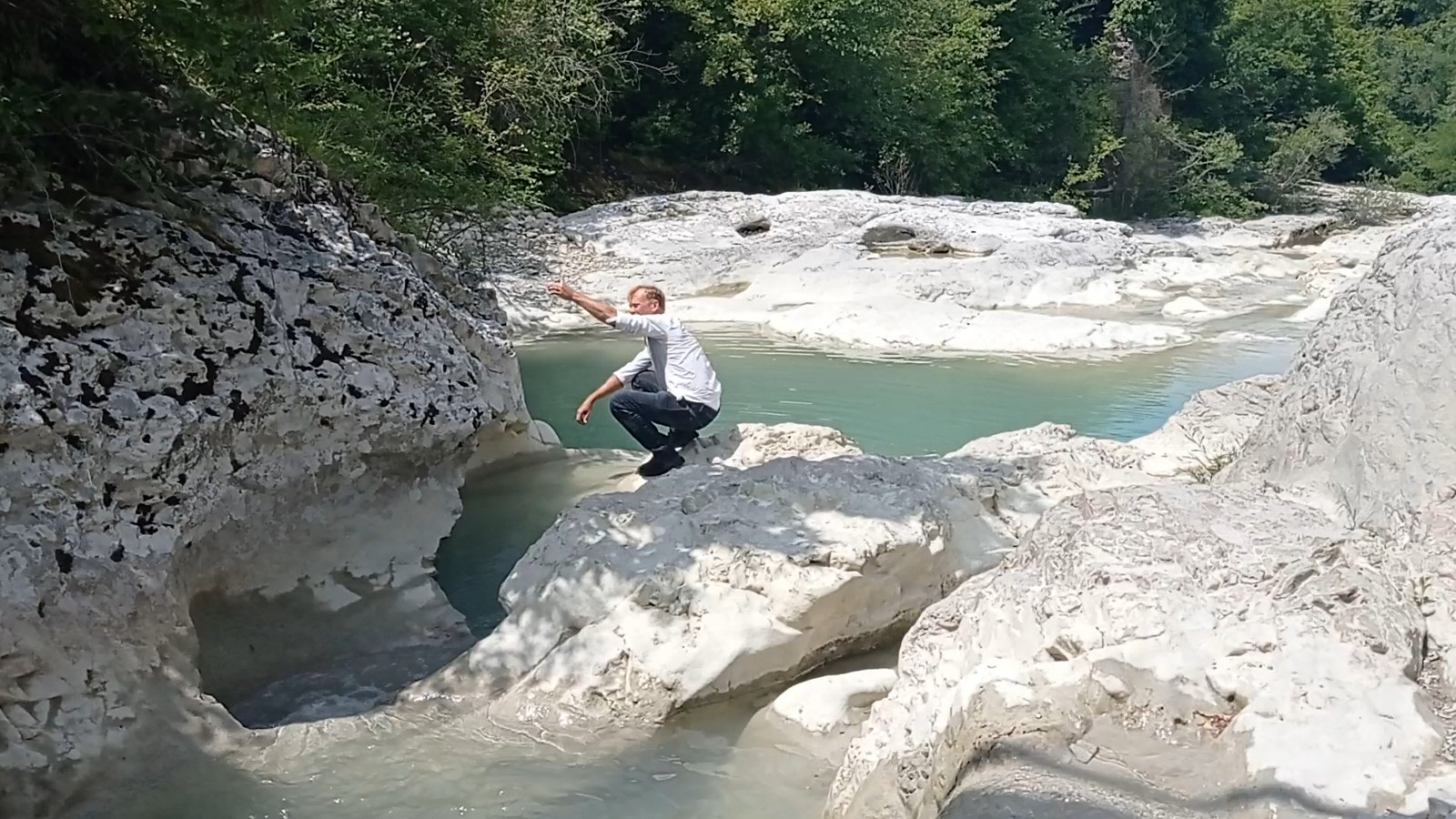
Kruno Jošt makes repeated visits to the Mirna ahead of a prearranged exhibition at the Rigo Gallery (also documented in this publication). He traces it from its source in Kotli to the foot of Motovun, then from Ponte Porton to its mouth in the Adriatic Sea, including the ornithological reserve near Antenal. At times he travels by motorcycle, at others on foot; he crosses the river where possible and occasionally steps into it. Along the way, he collects water and sediment samples, remains alone with the river, listens to it, observes its flow, takes notes and photographs what he observes. Back in Lovinac, at his Centre for Creative Solutions, Jošt uses a microscope to examine the microscopic life present in the samples collected from the Mirna. Working from magnified live “images” of the microbes, he selects those in which he identifies abstract forms and translates them into the medium of photography. In doing so, he transforms the invisible microbial world into visual forms that, through later intervention, acquire a sonic dimension – a composition. Inspired by scientific research into sound frequencies that promote or inhibit the growth of specific microorganisms, Jošt creates a composition for the microworld of the Mirna River.
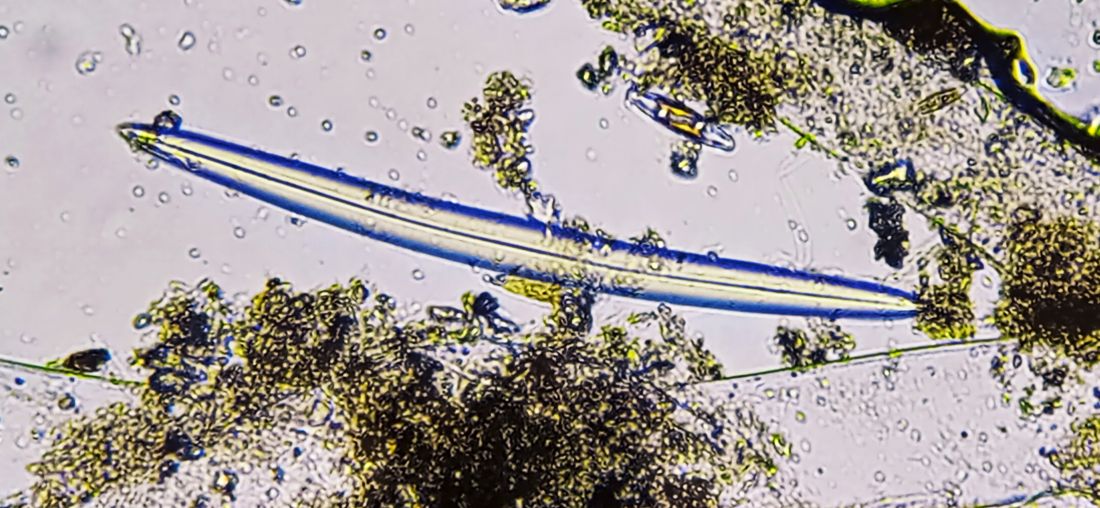
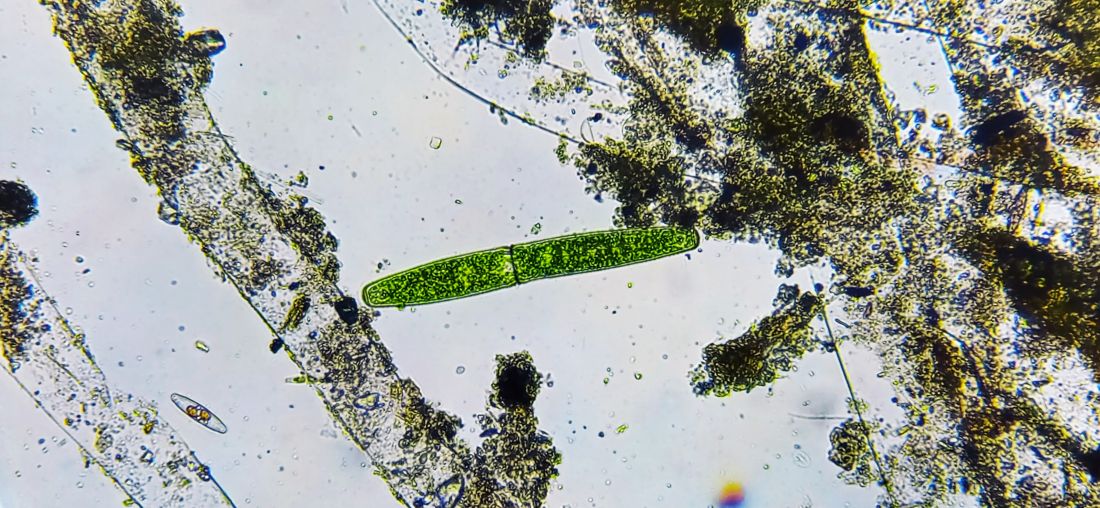
Jošt’s “Concerto Quieto”, almost a lyrical concert of microbes accompanied by video footage of the slowed murmur of the Mirna, seems to offer nothing more than images and sounds from “within” the river itself. No human presence is felt; there is no plastic, no waste. Nor is there any direct commentary on the anthropocentric neglect or the fragility of the Mirna’s ecosystem. And yet, “Concerto Quieto” is a subtly ecologically engaged work – one that transforms our perception of seemingly insignificant details in the life of the natural world. By placing us “within the river”, it allows us to mediate our relationships with Others (the non-human), to co-create with those who are different. Those whose form is invisible and whose presence is voiceless, yet who nonetheless deserve our lasting attention and care.
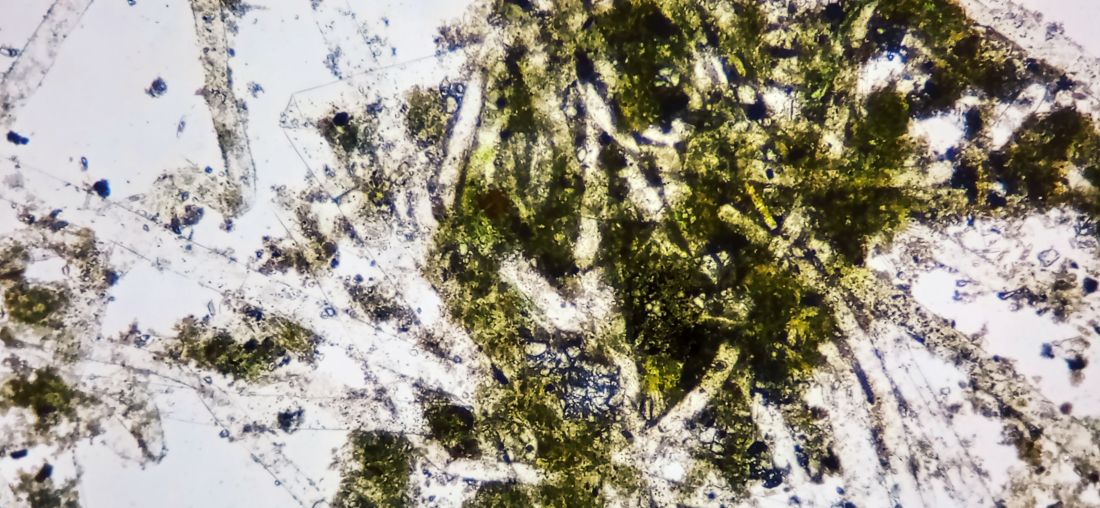
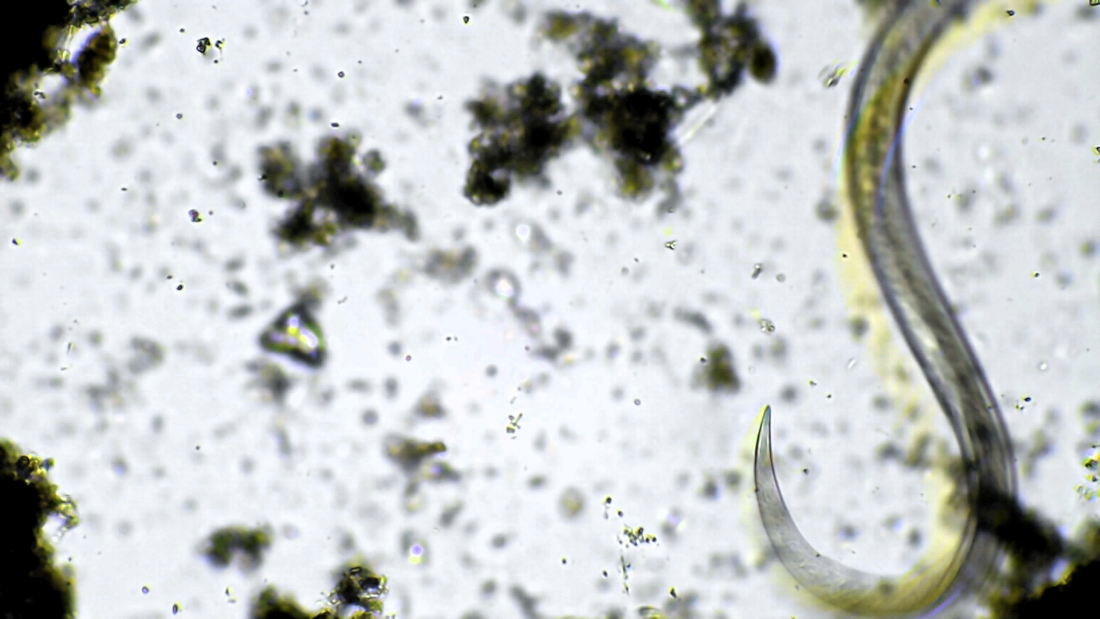
Kruno Jošt (1973, Zagreb) is an artist whose work explores the intersection of art, ecology, and technology. He studied at the Art Academy in Zagreb, the Gerrit Rietveld Academie in Amsterdam, and has an MFA degree from the Transart Institute in Berlin. Jošt’s artistic practice is characterised by in-depth, interdisciplinary explorations of ecological contexts. His work often involves immersive engagement with expansive spatial sequences and unconventional time-frames He seamlessly shifts between scales, weaving together subjective perspectives to create new collective movements and interrelationships. He has developed a unique artistic approach that addresses permaculture, off-grid living, sustainability, and human and nonhuman interaction within the contemporary art world. His extensive projects demonstrate a sophisticated understanding and well-defined position in the ongoing dialogue surrounding art, environment, and technology.
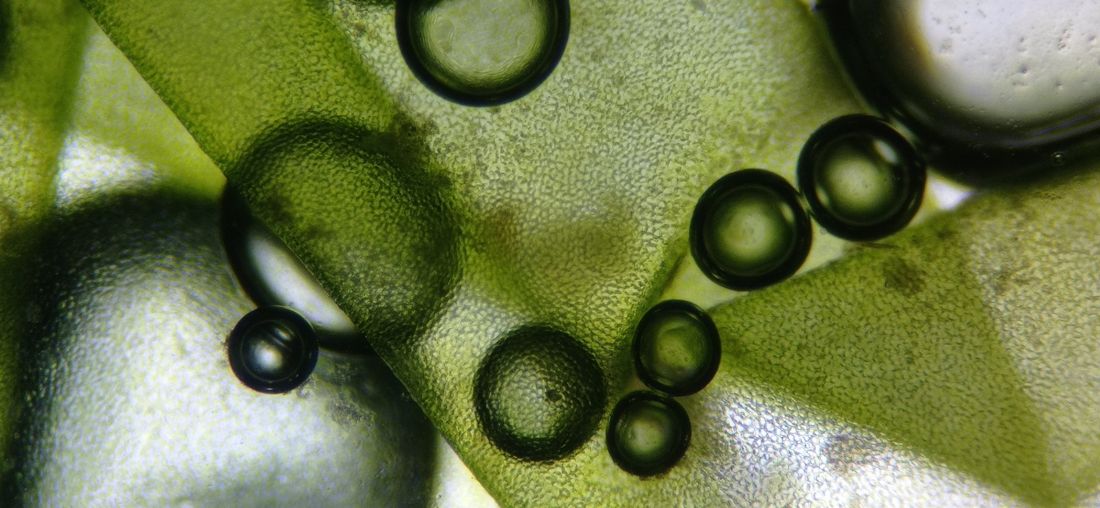
His works have been exhibited nationally and internationally, including “Platform for Transdisciplinary Practices” (with Maja Kohek) at the Museum of Modern and Contemporary Art, Rijeka, 2014; “Sound Fertilizer” at Buro fur Bestimmte Dinge (BBD), Berlin, 2017; “Ecocentric” at RMZ Ecoworld, Bangalore, India, 2018; “Playing for Microbes” at Kulturhuset Komedianten, Varberg, Sweden, 2022. In 2007 he received an award from the Ministry of Culture and Media of the Republic of Croatia for the best contemporary music piece, and in 2009 the first award at the ART.Move Festival in Belo Horizonte, Brazil, for the best interactive multimedia installation. Recent residencies include “ISLAND CONNECT. A residency programme for performing arts” in Tenerife and Sardinia, where he researched the connections between freshwater and saltwater environments and their microscopic inhabitants.
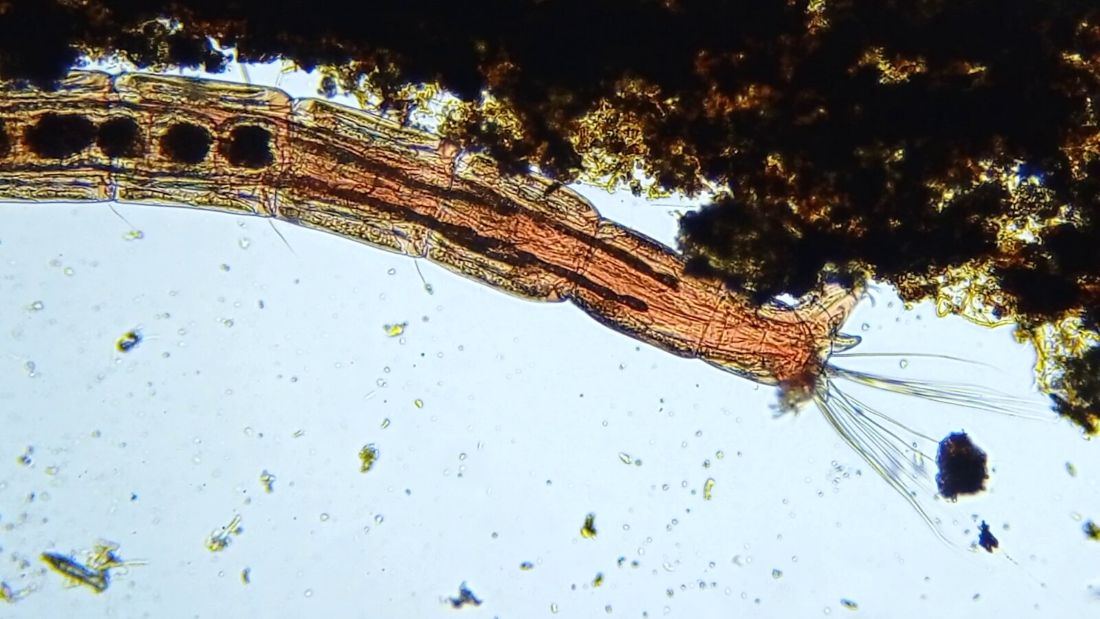
Jošt lives in Rasoje near Lovinac, a secluded rural mountain area of Croatia in an off-the-grid
permaculture homestead with his family where he runs an art organisation and the Centre for Creative Solutions artist residencies.


Galleria Rigo, Strada Grande 5, 52466 Novigrad-Cittanova
Tel: 052 726 582: e-mail: info@muzej-lapidarium.hr
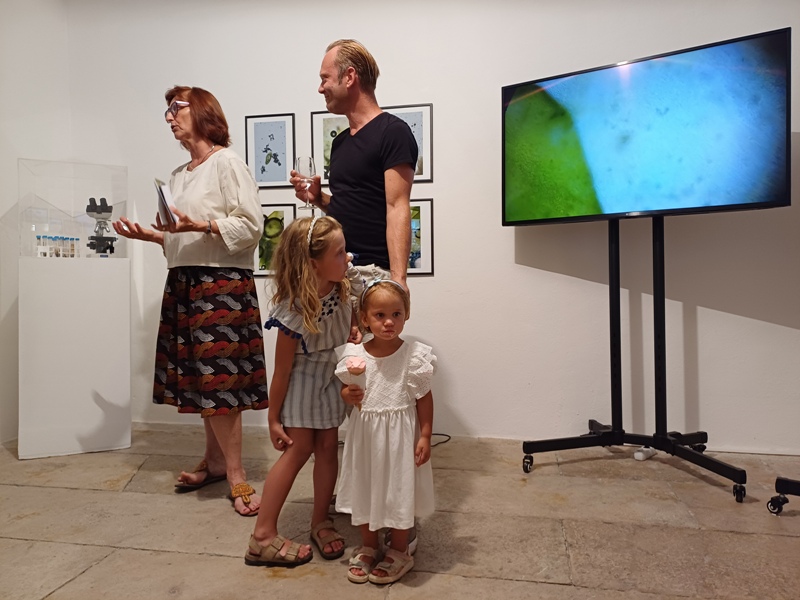
Exhibition opening, photo archive of MML
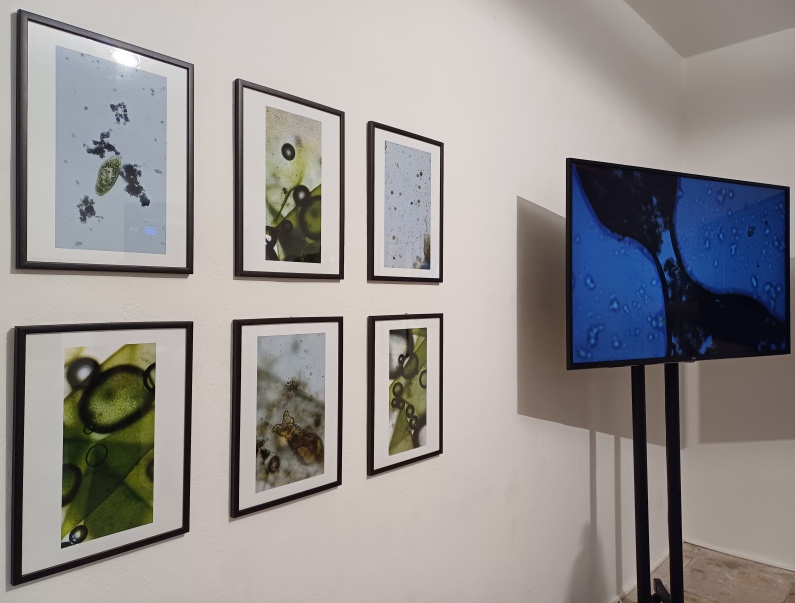
Exhibition setup, photo Lea Legac